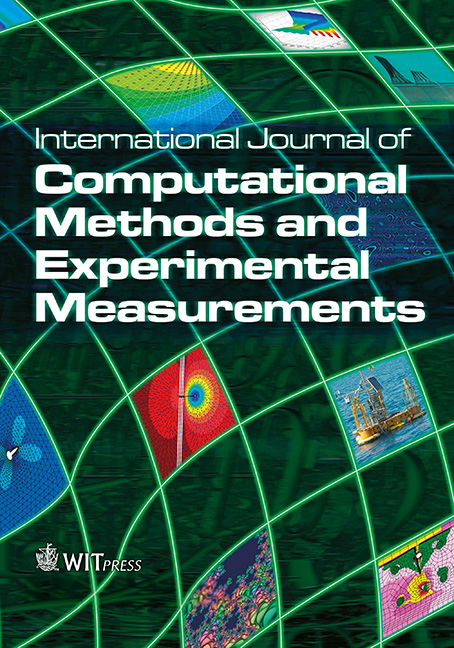A coupled numerical modelling and experimental approach in chemical vapour infiltration (CVI) process of SiC/SiC composites
Price
Free (open access)
Volume
Volume 3 (2015), Issue 3
Pages
19
Page Range
230 - 249
Paper DOI
10.2495/CMEM-V3-N3-230-249
Copyright
WIT Press
Author(s)
E. SCHNACK, A. LI, A.M. RAHMAN & Y. ZHU
Abstract
Fabrication of silicon carbide fibres reinforced silicon carbide composite (SiC/SiC) by chemical vapour infiltration (CVI) process was investigated in this research with the help of both simulation and experimental set-up. CVI of silicon carbide preform was carried out through the pyrolysis of methyltrichlorosilane (MTS) over a broad temperature range at atmospheric pressure. The overall aim was the morphological description of the matrix (co-deposition of Si, SiC and C) during pyrolysis of MTS by CVI process and its state-of-the-art numerical calculation. Phase-field model was developed and deployed to predict the evolution of the microstructures and to describe the influence of the infiltration conditions on the properties of the composite during CVI process in conjunction with the implication of finite element method. Both mass transport and fluid motion in gas phase were considered. Experimental results exhibit three deposition regimes at different temperature ranges as predicted by the numerical simulation results. This also implies different deposition kinetics involved as investigated in the present research. The great difference of the steady-state deposition rate exceeding three orders of magnitude was explained in terms of a multiple steady-state surface reaction model of co-deposition of SiC, Si and C. Corresponding gas-phase compositions, over the temperature region covered in the present experiments, were calculated with a detailed pyrolysis reaction mechanism of MTS.
Keywords
chemical engineering, chemical vapour infiltration, composite, phase field, simulation




